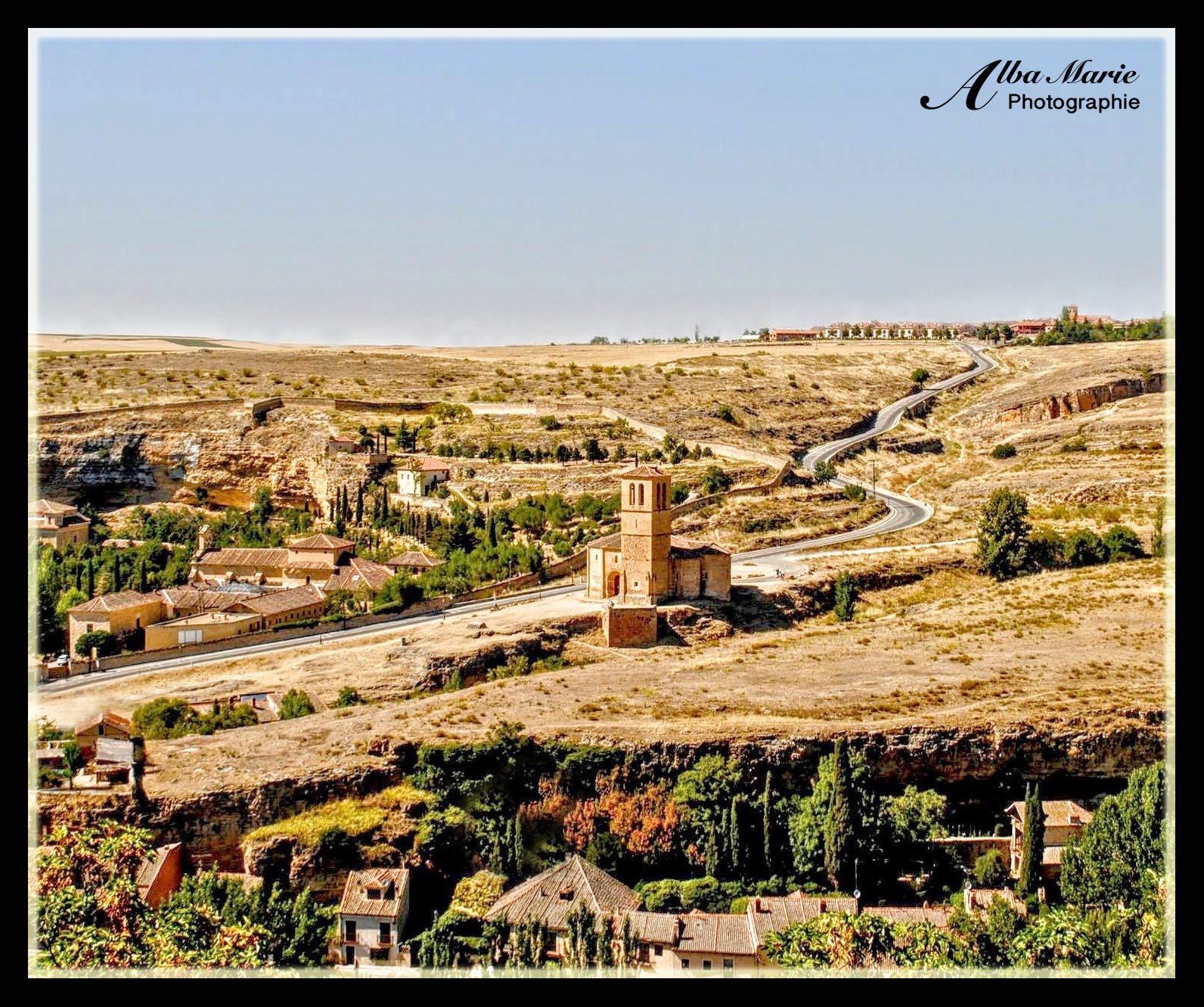
Overlooking Spoleto Cathedral, Italy
The mid-sized town of Spoleto in central Italy is not one to miss for anyone travelling through the region of Umbria. Bustling and busy, Spoleto feels less like an open-air museum than it does a living, breathing, habited city. But leave the “modern” section behind and head uphill, and you’ll quickly find yourself amongst the historic beauty so prevalent in Italy. Visiting the interior of the cathedral is a must of course – but to fully appreciate the size and grandeur of the building, keep heading up towards the castle for the aerial view. Spoleto Cathedral was built during the second half of the 12th century with later additions in the 15th and 16th centuries, and is lauded as a standout example of Romanesque architecture on the outside – though with a stunning Renaissance loggia. But inside is another story. Inside, there are Byzantine mosaics and medieval crypts. There are frescoes painted by Umbrian artist Pinturicchio in the 15th century, and others from the 16th century. There are giant rose windows, huge mosaics, walls full of paintings, delicate statues, and a dark, wood-panelled relics room. Inside and out, whether you’re looking up at the building from the ground or enjoying the bird’s eye view above, Spoleto Cathedral certainly stands out, even in Italy where churches are (nearly) as frequent as scoops of gelato.
Tip: Unfortunately, Spoleto Cathedral is not free. You can book tickets online or at the door. The cathedral is open every day while the Diocesan Museum is open Tuesday – Saturday.










